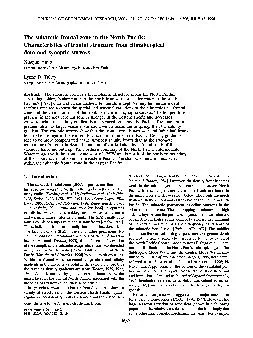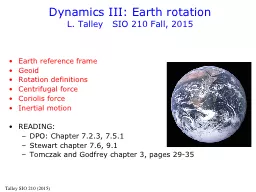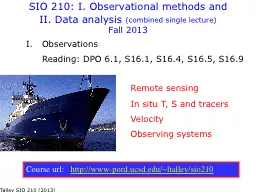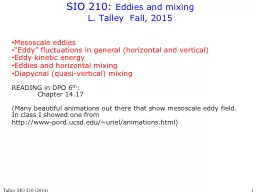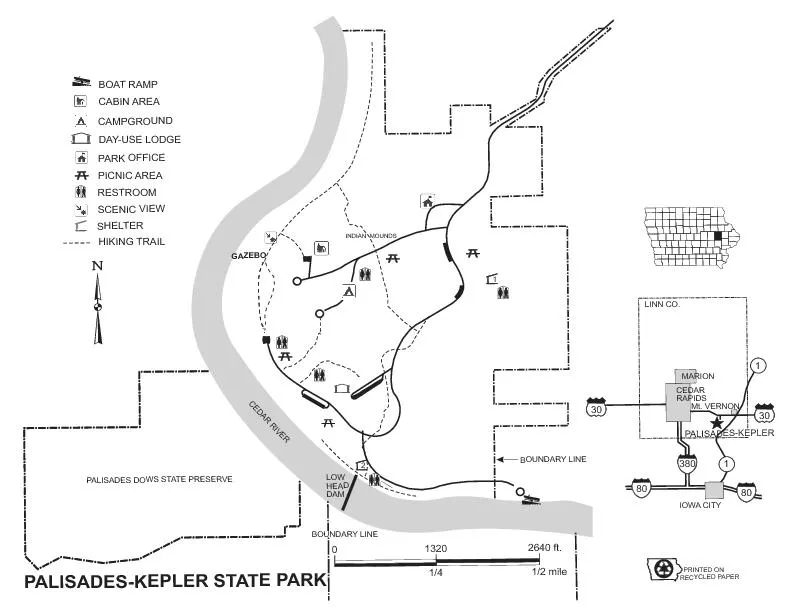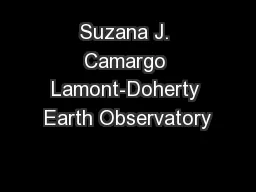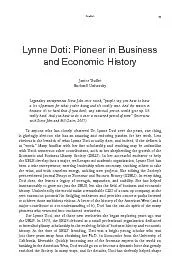PDF-Lamont-Doherty Earth Observatory, Palisades, New York Lynne D. Talley
Author : danika-pritchard | Published Date : 2015-11-05
the strongest temperature fronts A horizontal minimum of Water merges with the frontal zone west of 175
Presentation Embed Code
Download Presentation
Download Presentation The PPT/PDF document "Lamont-Doherty Earth Observatory, Palisa..." is the property of its rightful owner. Permission is granted to download and print the materials on this website for personal, non-commercial use only, and to display it on your personal computer provided you do not modify the materials and that you retain all copyright notices contained in the materials. By downloading content from our website, you accept the terms of this agreement.
Lamont-Doherty Earth Observatory, Palisades, New York Lynne D. Talley: Transcript
Download Rules Of Document
"Lamont-Doherty Earth Observatory, Palisades, New York Lynne D. Talley"The content belongs to its owner. You may download and print it for personal use, without modification, and keep all copyright notices. By downloading, you agree to these terms.
Related Documents

